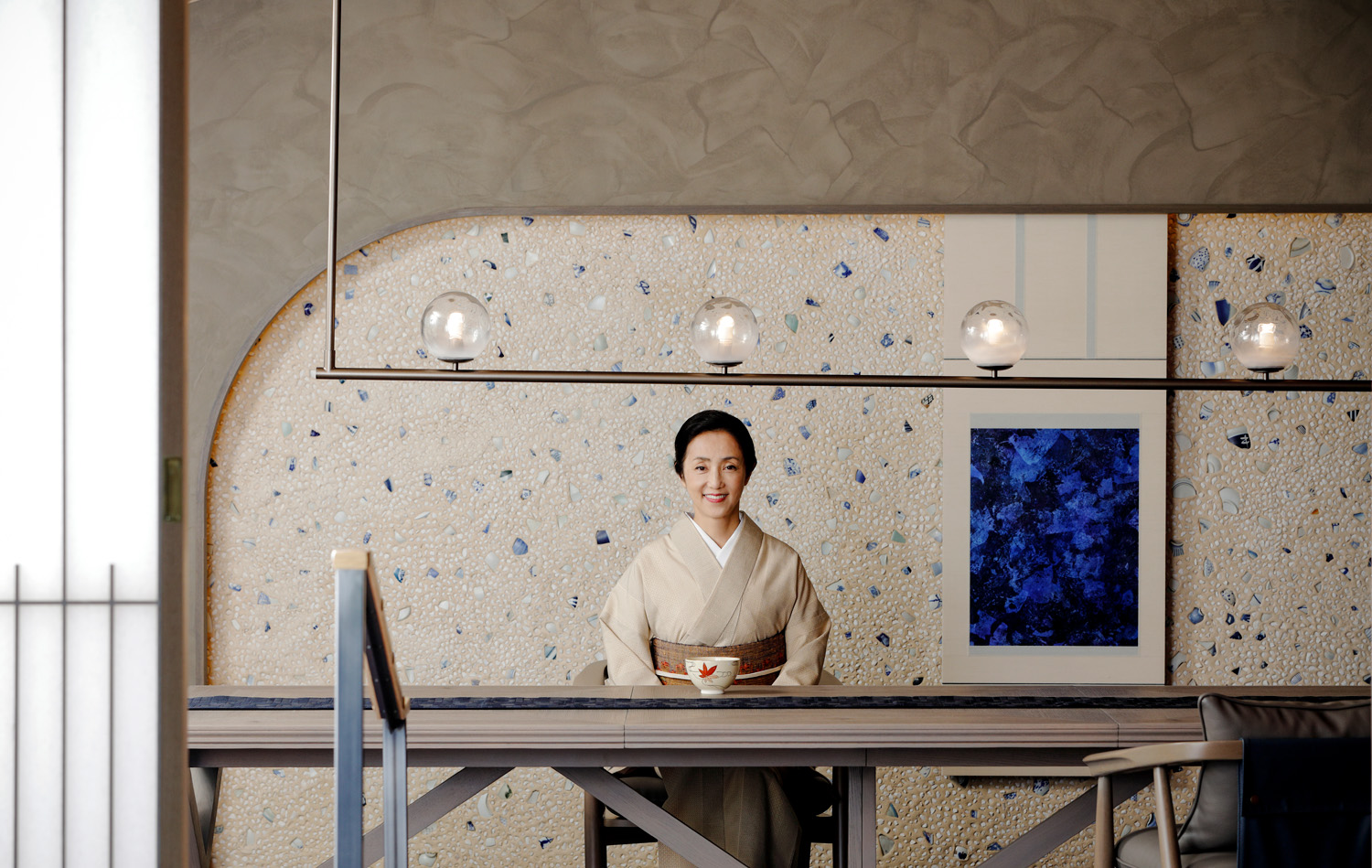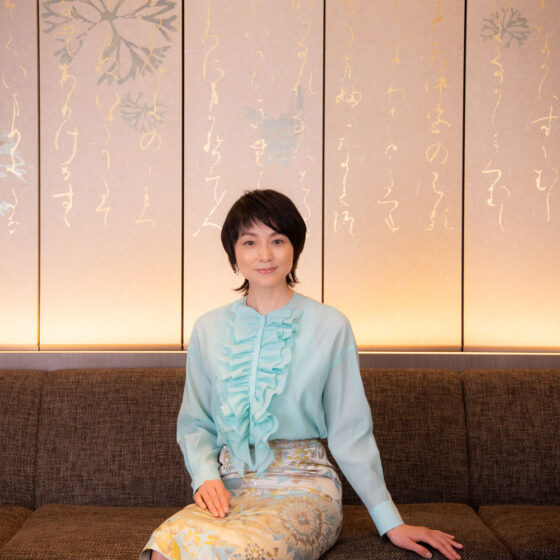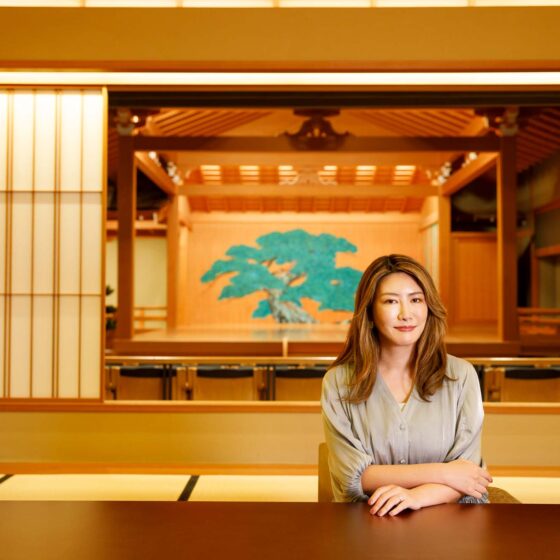- Chizuru Ohara is a culinary expert who is active in a wide range of areas, including as a cooking instructor on the NHK TV program “Today’s meal”, culinary supervisor for TV dramas and author of home cookbooks. Growing up at the Miyamasou cuisine inn, she helped make meals for employees from a young age. The cooking skills she picked up naturally during daily life are a collection of ways to use the ingredients and save time. Without being overly extravagant, her meals have a refined, sophisticated appearance and fill the stomach while warming the heart.
- Once, Ohara was tasked by a women’s magazine to prepare a meal for a guest. The article was a major hit and marked her true start as a culinary expert. At her merchant house reformed several years ago into an atelier, although she occasionally takes pictures of meals for her books, she also holds cooking classes and conducts other activities. Every year, the range of work and other activities she is involved in continues to expand.
- In the past, when Ohara was busy raising children and caring for family members, the main support for her physical and mental fatigue was the time spent eating together with family. Ohara is certain that she is who she is today because she took the time to cook for her family, regardless of how busy she was.
- “The food I make is simply home cooked meals. The Miyamasou serves more elaborate meals, but there is no reason for me to do the same. I use tofu and fried tofu almost every day, but I don’t use yuba or namafu very often. I suppose that my Kyoto background does influence even for my gratins and hamburgers, but my cooking is truly home cooking similar to that found throughout Japan.”
- These days, both men and women are busy with work and childcare, so finding ways to cook delicious meals without time consuming preparation will help preserve the physical and mental well-being of both the person who cooks the meal and those who eat it. There is no need to use a lot of different food ingredients. For example, just grating a tomato or slicing and dressing a cucumber becomes a side dish. According to Ohara, even with such dishes, food that is prepared for family is filled with love.
- “I feel the right balance is meals that are enjoyed for their taste while eating but are then forgotten about the following day. Even with simple meals, I often learn new things about the flavor of the foods and just better appreciate the food. I believe that the food we eat directly affects who we are as individuals, and experiencing a delicious moment or happiness during a meal will make the day better.”
- Some young people may think that as long as they consume the required nutritional elements, the taste does not matter. Because they are always pressed for time, they do not go out to eat or drink with others. However, over time, this lifestyle “will lead to both mental and physical fatigue,” says Ohara.
- One of Ohara’s activities is holding classes to convey the flavors of Kyoto. For example, she has traveled to Aomori Prefecture, where many foods have a strong taste, to provide guidance on the umami of healthy, low-salt broth and how to use it.
- “People in cold regions tend to eat strongly flavored foods. This dietary lifestyle can lead to increased risk of adult-onset diseases. However, a wide range of fresh fish and vegetables are available, and they can be used to make broth.”
- Many people think it is difficult to make broth, but it is as easy as boiling dried sardines in water or soaking dried kelp in water. This easy, one-step process will lead to a wider variety of healthier meals.
- When people come to Kyoto, Ohara recommends they eat udon. The reason for this is that the delicious flavor of the broth can be fully experienced in just one bowl of noodles.
- “Kyoto’s kitsune udon is served with the fried tofu sliced into strips. The soup broth penetrates deep into the fried tofu slices and kujo green onions. It is truly delicious. However, even when the same kitsune udon is made in other prefectures, it never tastes the same because the flavor of the broth is different. Where the meal is prepared is also important.”
- According to Ohara, eating the same foods as local Kyoto residents will be one of the highlights of the trip.
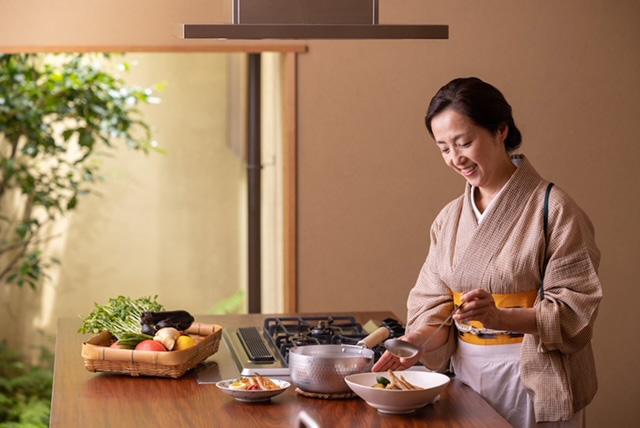
- There are other aspects of ordinary life in Kyoto. One example is green tea. Properly identifying the condition of the tea leaves and brewing them at the right temperature for the right time results in an outstanding cup of tea. Recently, hotels are furnishing their guestrooms with a teapot and cups, making it a good opportunity to try brewing tea and tasting the difference in flavor.
- “People who can make good tea are good at everything. I think it is because they have a good sense of right and wrong. When brewing green tea, the temperature of the water and the way the tea leaves open differ depending on the condition of the tea leaves. Once a person understands this and can brew tea with a proper awareness, he or she is a master. Such a person is an expert in Japanese culture.
- Unless you are used to brew tea in a teapot, it is very difficult to brew good tea on the first attempt. Failure is the mother of success. I believe the same is true with life, and struggles only make us stronger. It is important to repeatedly attempt the same challenge and learn ‘this is the way to do it’ through experience. I feel this is also time for personal reflection.”
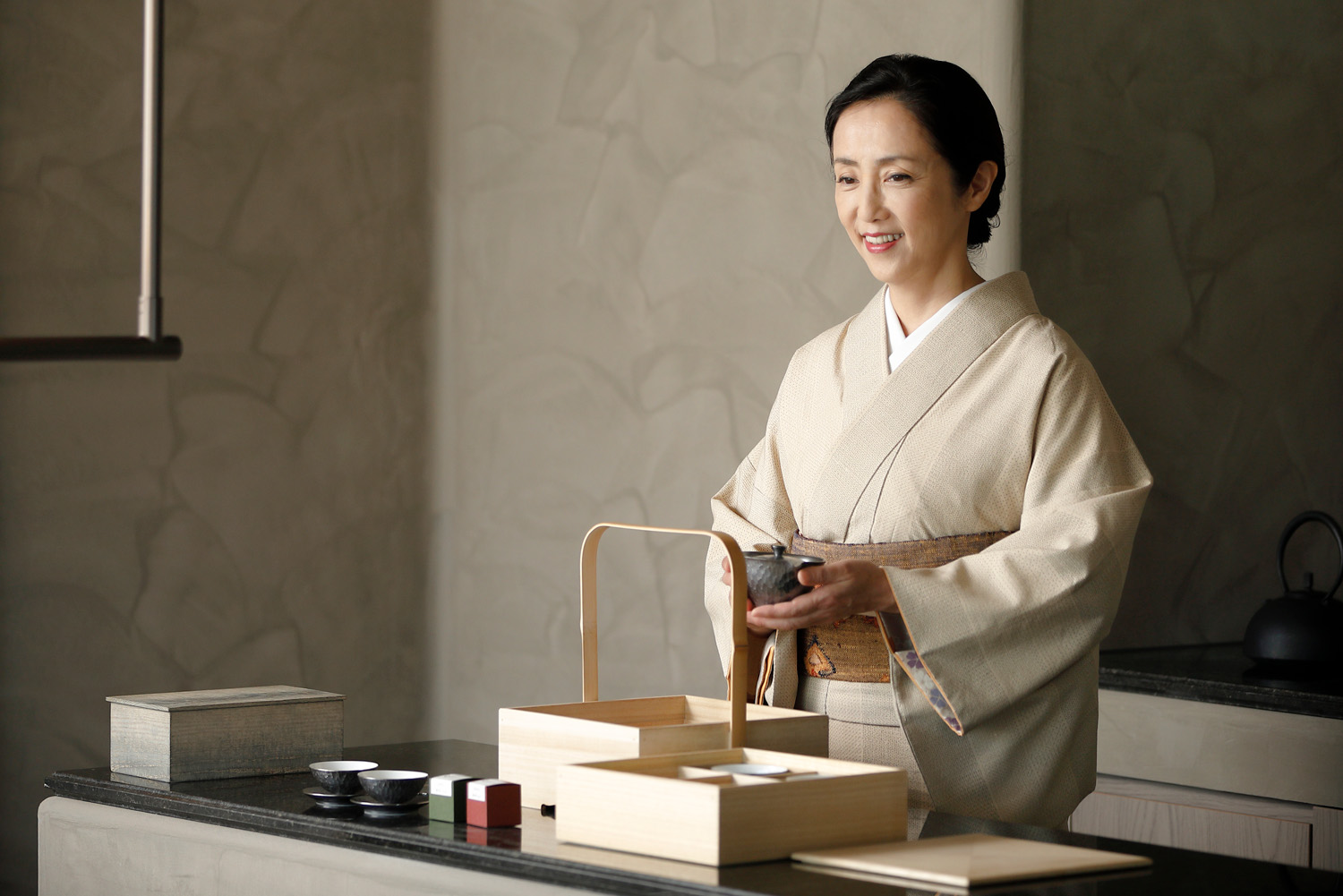
- While living in Kyoto, Ohara also eats out at hotel restaurants and visits temples. According to Ohara, she enjoys the feel of being on a trip.
- “When I have the time, I research the events held at local temples and then depart with a bottle of freshly brewed tea and my goshuin stamp book in hand. I feel this time spent is very fulfilling.”
- Encountering daily life in Kyoto, such as a local resident out shopping or someone sprinkling water outside their home, can be stimulating. Living with a sense of curiosity leads to new discoveries and developments. This is what Ohara believes.
- “For everyone coming to visit Kyoto, rather than just seeing the famous sites, I hope they make the effort to explore the side streets and local commercial areas. When I travel, I visit the local markets. I want to learn what ingredients the local residents use and what types of food they eat. This is true for my travels both in Japan and overseas. Even when I went to Hawaii with my family, I used local ingredients and prepared meals in my room. When I travelled to Kumamoto in a camping car, I purchased Japanese Brown beef at a roadside station and used it to prepare a meal. Through my travels, I believe that the local food prepared by elderly people always tastes delicious. The reason is that the food is prepared based on extensive knowledge and experience. Preparing the same meals again and again is essential.”
- Whether it is cooking or brewing tea, doing it every day will naturally lead to that person becoming better skilled.
- The reason Ohara continues to promote the enjoyment and good taste of home-cooked meals through TV, books and workshops is that she wants even people who do not cook to know the importance of food.
- “I want to continue preparing meals that make daily life better and warm the heart.”
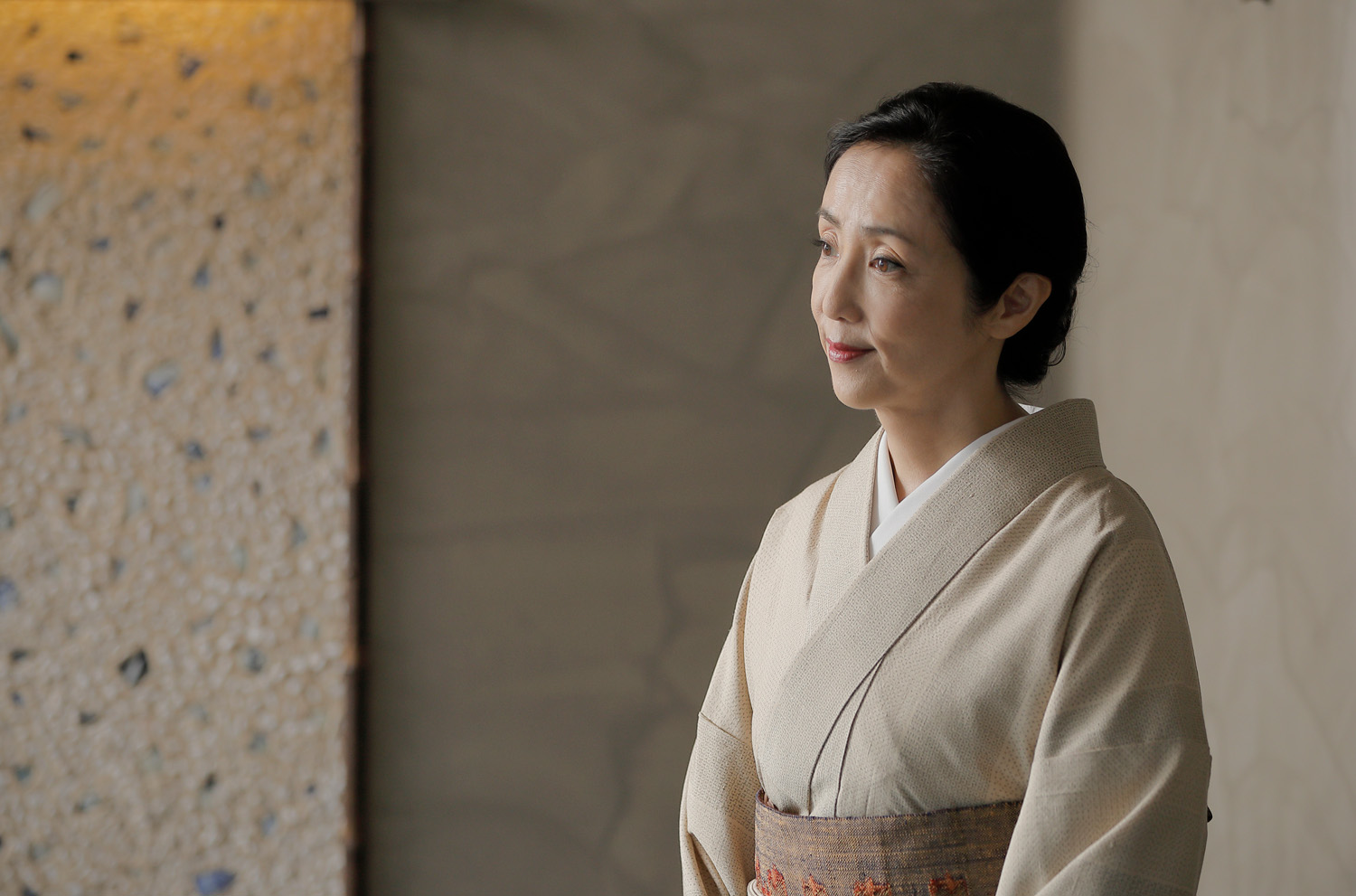
- styling=Maki Yamasaki



